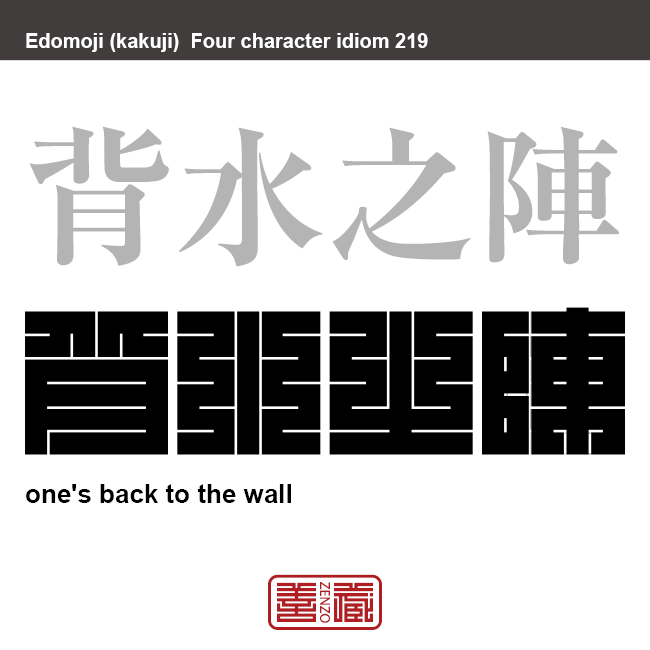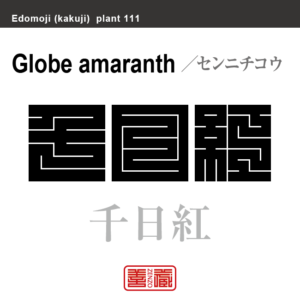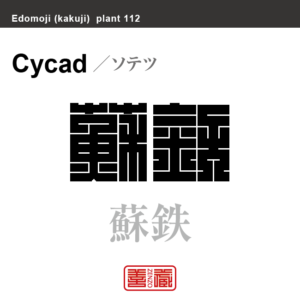背水之陣 はいすいのじん 角字でことわざ、四字熟語

背水之陣
はいすいのじん
Hisui-no-Jin
One’s back to the wall
Unicode: [背_0x80CC][水_0x6C34][之_0x4E4B][陣_0x9663]
自ら退路を断って、必死の覚悟で物事に取り組むこと。
また、切羽詰まっていて、もう一歩も後にはひけないギリギリの状況。
中国の漢時代の名将韓信が、趙の軍と戦った際に、自軍をわざわざ川を背にして陣を配置して敵を破った。これは兵法の一つで、わざと不利な陣立てをすることで退路を断ち、1歩も退かない覚悟で戦わせ、また、背後に川を置くことで敵に回り込まれて、自軍が包囲されることを防いだ。
角字とは?
江戸時代に誕生した角字は、正方形のグリッド内にほぼ水平・垂直のラインのみで文字(漢字)が表現されるグラフィックアートです。
正方形という限られた空間の中に、あらゆる文字を閉じ込めようとするグラフィックデザインは、前述した、ミニマムな物に対する日本人特有のこだわりが随所に感じられます。
そのシンプルで有りながら、奥深い「角字」は多くの日本人を魅了し、お祭りで着る半被や印半纏(しるしばんてん)と言われる着物や、商標、印鑑、家紋、看板デザインなどに今日まで数多く使用されてきました。
What is Kakuji?
There is a style of penmanship called “Kakuji” in Japan. Edo-born Kakuji is a graphicart that expresses letters (kanji) with almost horizontal and vertical lines only.
The design which bases on many straight lines seems simple, or too plain even at its first glance; yet this beautiful artistic penmanship that encompasses the aesthetic of the Japanese in the Edo era, also known as “Iki”, and playfulness has long been inherited to this day, thanks to the masteries’ long years of efforts in training and refinement.
Kakuji with its simplicity and depth is used for designs such as trademark, hanko stamp, family crest and signboard.































































 2文字コード:MZ 3文字コード:MOZ 数字:508 ITU:258 ccTLD:.mz
2文字コード:MZ 3文字コード:MOZ 数字:508 ITU:258 ccTLD:.mz







































































































































